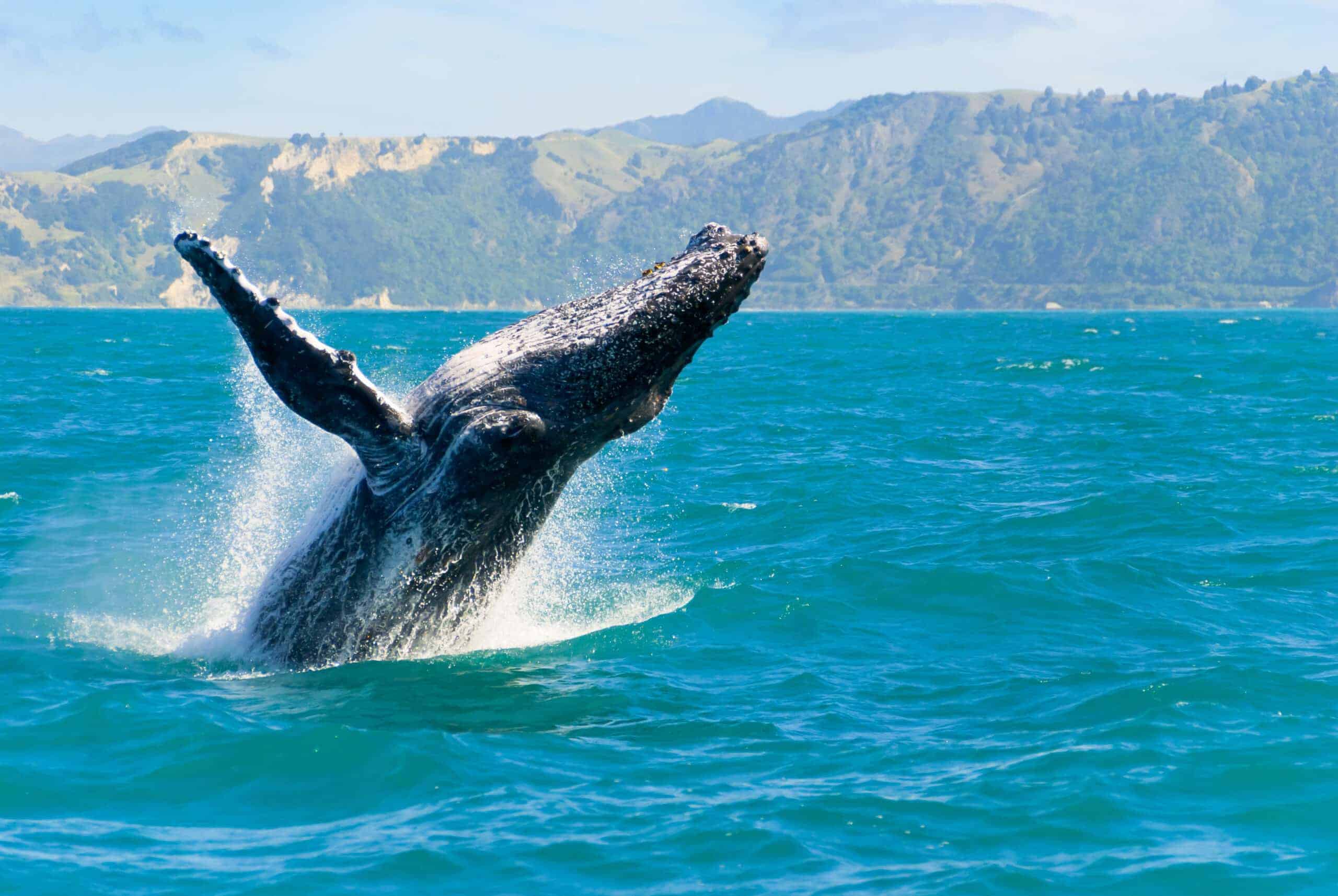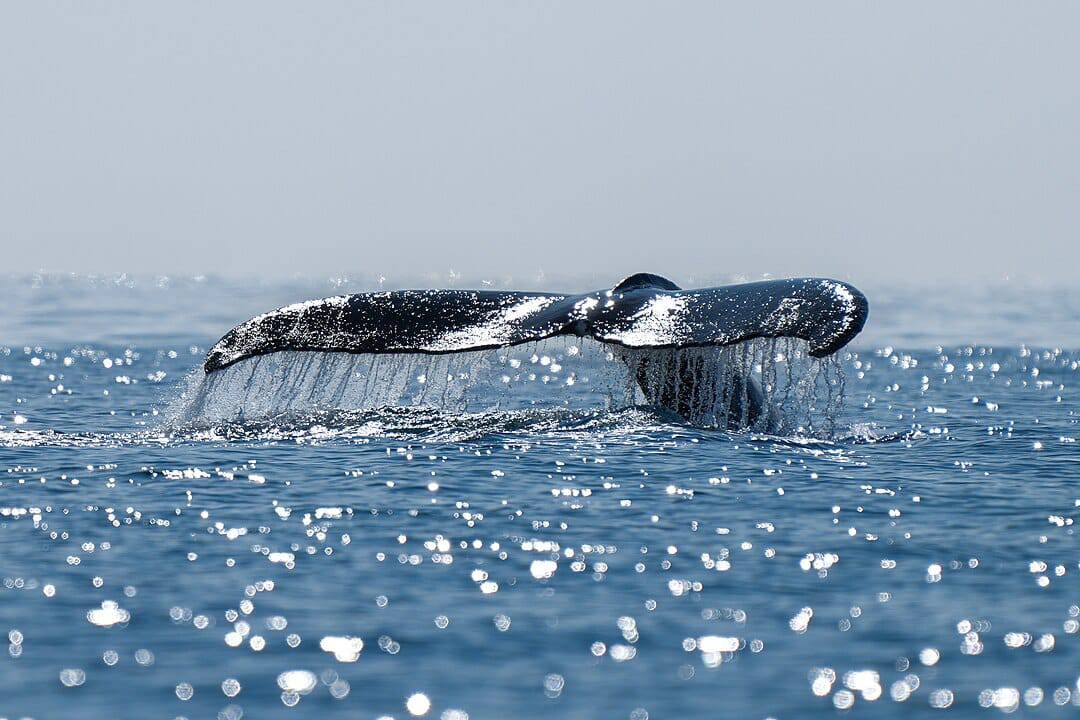In November 1970, authorities in Oregon used half a ton of dynamite to remove the carcass of a beached sperm whale. Here’s a detailed look at this odd decision to blow up a whale.
The Event That Shocked a Nation

In early November 1970, a 45-foot, eight-ton sperm whale washed ashore near Florence, Oregon. Decomposing rapidly, the whale posed a health hazard with its stench and a logistical nightmare. In a blind panic to remove it, authorities decided dynamite was the way to go.
Why Dynamite?

Authorities decided that the most efficient way to dispose of the whale was by blowing it up. The hope was that the explosion would disintegrate the whale’s remains, which would then would be cleaned up “for free” by seagulls and other scavengers.
The Day of the Blast

On November 12, 1970, a crowd gathered to witness the unusual spectacle. The explosion was meant to be controlled; however, it sent chunks of whale blubber flying through the air. Spectators were covered in whale flesh, and a car’s roof was smashed by a particularly large piece of blubber.
Lessons Learned

The Florence whale explosion taught us about the unpredictability of using explosives for animal carcass disposal. It remains a go-to example of how good intentions can sometimes lead to disastrous results.
Understanding Whale Strandings

When whales beach themselves, they can survive for a short time due to their thick blubber, which insulates them from extreme temperatures. However, without the buoyancy of water, their own body weight can crush their internal organs.
The Race Against Time

Stranded whales need immediate assistance to return to the water. Rescue efforts must be swift, as these mammals have a limited window before dehydration and physical deterioration set in.
The Causes of Strandings

Whale strandings can be caused by various factors including navigational errors, sickness, oceanographic or weather events, and even disturbances from underwater noise.
Group Stranding Phenomenon

Some whale species, like pilot whales, are known for mass strandings, a behavior that is not fully understood but is thought to be linked to their highly social nature and group dynamics.
Challenges in Whale Rescue

Rescuing a stranded whale is a massive effort, often requiring coordination between multiple agencies and volunteers to either refloat the animal or, in some cases, euthanize it to prevent suffering.
Whale Social Structures

Whales are highly social creatures, with species like orcas and sperm whales exhibiting complex social behaviors and deep family bonds that can last a lifetime.
Giants of the Deep

The blue whale, the largest animal on the planet, can reach lengths of up to 100 feet and weigh as much as 200 tons—about the weight of 33 elephants.
Whale Song Mysteries

Whales are famous for their vocalizations, which they use for communication and navigation across the vast oceans. These songs can be incredibly complex and are as unique as human fingerprints among individuals.
The Breathing Giants

Unlike fish, whales are mammals and must breathe air. They can hold their breath for impressive lengths of time—sperm whales can submerge for up to 90 minutes.
Deep Dive Champions

Cetaceans hold records for some of the deepest dives known to science. The Cuvier’s beaked whale can dive more than 9,800 feet below the ocean’s surface, remaining submerged for over two hours.
Migratory Marvels

Many whale species undertake lengthy migrations, traveling thousands of miles between feeding and breeding grounds each year. This journey is crucial for their survival, impacting their reproductive success and access to food.
Whales as Ecosystem Engineers

Whales play a significant role in marine ecosystems by helping regulate the flow of food energy and nutrients through the water. Even in death, their carcasses provide ecosystems on the ocean floor, supporting deep-sea life for decades.
The Threat of Plastic

Whales are increasingly vulnerable to pollution, particularly plastic debris, which they can ingest mistakenly while feeding. This poses serious risks to their digestive systems and overall health.
Conservation Efforts

Conservation initiatives worldwide aim to protect whales from threats such as commercial whaling, habitat loss, and climate change, highlighting the importance of maintaining biodiversity and health in global marine environments.
A Continued Fascination

Whales continue to captivate the human imagination, symbolizing the mystery and majesty of the ocean. Events like the Florence whale explosion remind us of our ongoing struggle to coexist with these magnificent creatures and the challenges involved in managing and understanding their lives in our shared environment.
Dynamite Used to Blow Up Whale: Conclusion

Although Oregon authorities had the best intentions, it seems that they rather learned how to NOT remove a whale carcass instead of the other way around. Luckily, we’ve come a lot further today, and oftentimes, we even manage to save stranded whales before they die.
Thank you for reading this article about when they used dynamite to blow up a whale in Oregon! For whale content, take a peek here:
- Unprecedented Gathering Hundreds Of Humpback Whales Filmed In Southern Waters
- Whale Watchers Encounter 100-Ft-Long Blue Whale
- Enormous 79-Foot Blue Whale Washes Ashore In California
Join our Forum for free today!

- Intense: Watch The Shoebill Stork Eating A Crocodile - June 26, 2024
- Colorado Elk Stuck Inside Tire for Years Becomes Free at Last - June 26, 2024
- Baby Alligators - June 26, 2024

